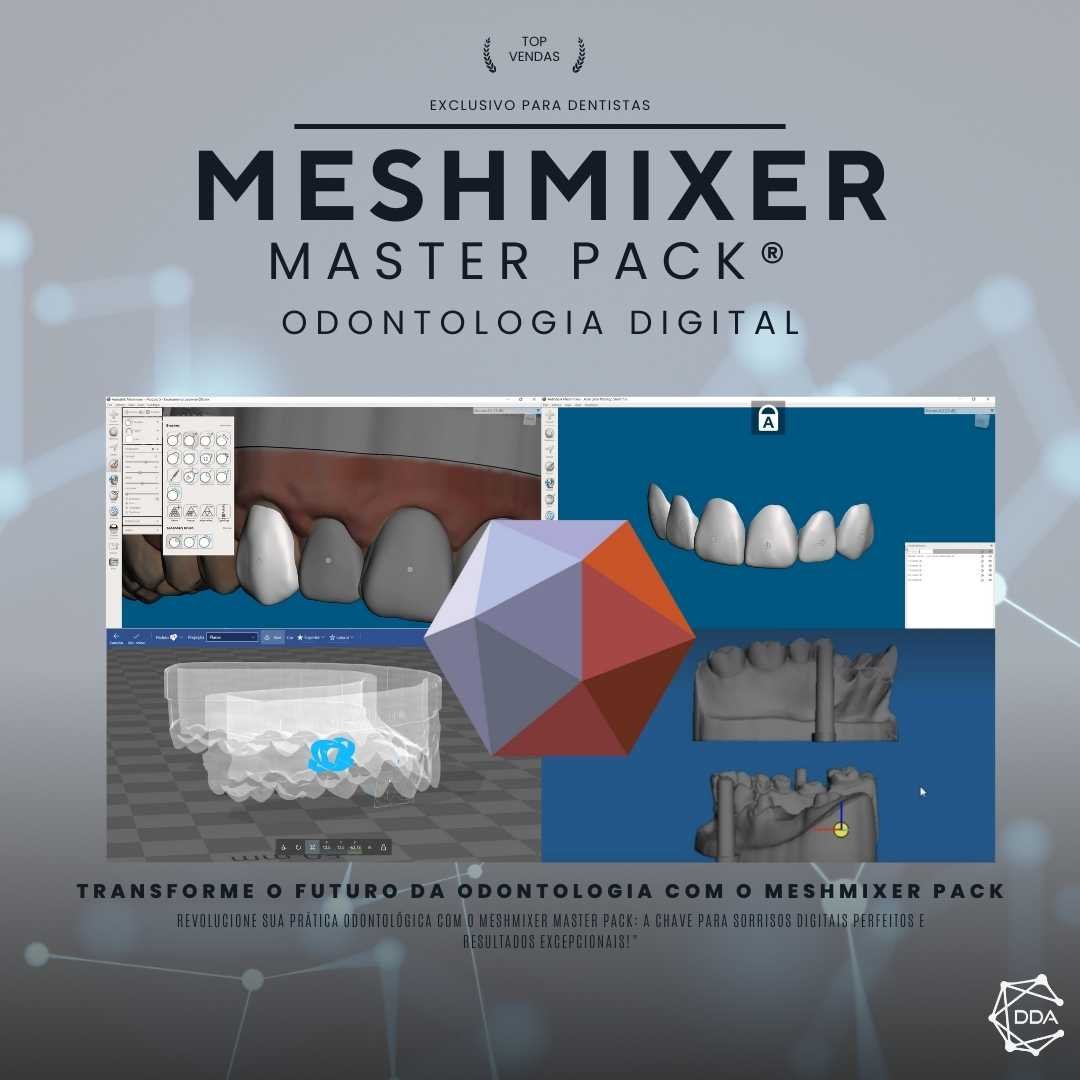What is it: Data Convergence
Data convergence is a fundamental concept in the field of information technology and refers to the integration of different types of data into a single system or platform. This integration allows companies to have a more comprehensive and accurate view of their information, facilitating strategic decision-making and obtaining valuable insights.
Benefits of Data Convergence
Data convergence brings a series of benefits to companies, allowing them to make the most of their information. Some of the key benefits include:
1. Better decision making
By integrating different data sources into a single system, companies can have a more complete and accurate view of their operations. This allows for more informed and strategic decision-making, based on reliable and up-to-date data.
2. Process optimization
Data convergence also allows the optimization of internal processes. With all the information in a single system, companies can identify bottlenecks, points for improvement and automation opportunities, resulting in greater efficiency and productivity.
3. Better customer experience
By having access to a more complete view of customers, including their preferences, purchase history and previous interactions, companies can personalize their offerings and improve the customer experience. This leads to greater engagement, loyalty and satisfaction.
4. Identifying trends and patterns
Data convergence allows companies to identify hidden trends and patterns in their data. This can be extremely valuable for predicting future demands, anticipating market changes and identifying growth opportunities.
5. Greater data security
By centralizing data in a single system, companies can implement more effective security measures. This includes implementing restricted access policies, data encryption and continuous monitoring, ensuring information is protected against internal and external threats.
Data Convergence Challenges
While data convergence brings many benefits, it also presents challenges that companies need to address. Some of the main challenges include:
1. Systems integration
Integrating different systems and data sources can be complex and time-consuming. It is necessary to ensure compatibility between systems, map data correctly and deal with possible integration conflicts.
2. Data quality
When integrating different data sources, it is important to ensure data quality and consistency. This involves cleaning and standardizing data, identifying and correcting errors, and maintaining data integrity over time.
3. Privacy and compliance
Data convergence raises questions of privacy and compliance with regulations, such as the General Data Protection Law (LGPD). Companies need to ensure they comply with applicable laws and regulations and protect the privacy of customer data.
4. Costs and resources
Implementing data convergence may require significant investments in infrastructure, technology and human resources. Companies need to carefully evaluate the costs involved and ensure they have the necessary resources to implement and maintain data convergence.
Conclusion
Data convergence is a powerful concept that allows companies to gain a more complete and accurate view of their information. By integrating different data sources into a single system, companies can make more informed decisions, optimize processes, improve the customer experience, and identify hidden trends and patterns. However, implementing data convergence also presents challenges, such as systems integration, data quality, privacy and compliance, and the costs and resources involved. Companies need to be prepared to face these challenges and ensure that data convergence is carried out effectively and securely.


